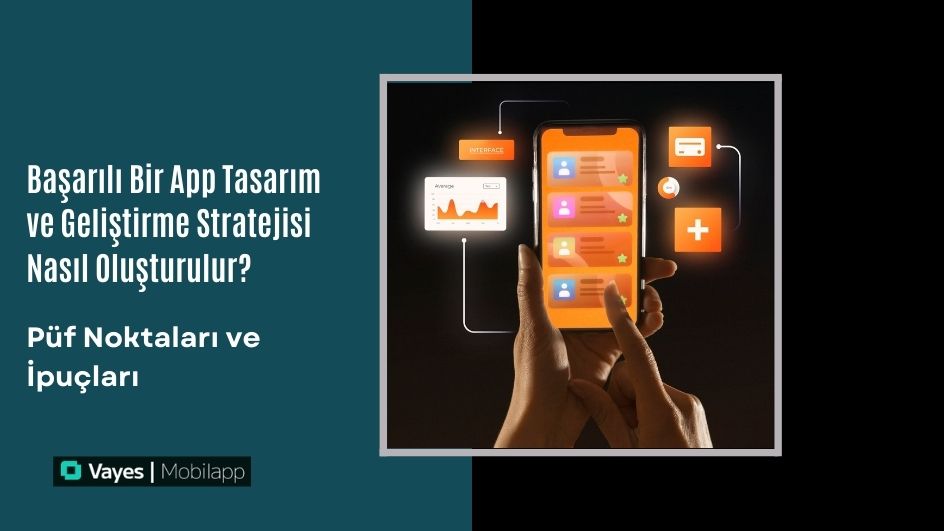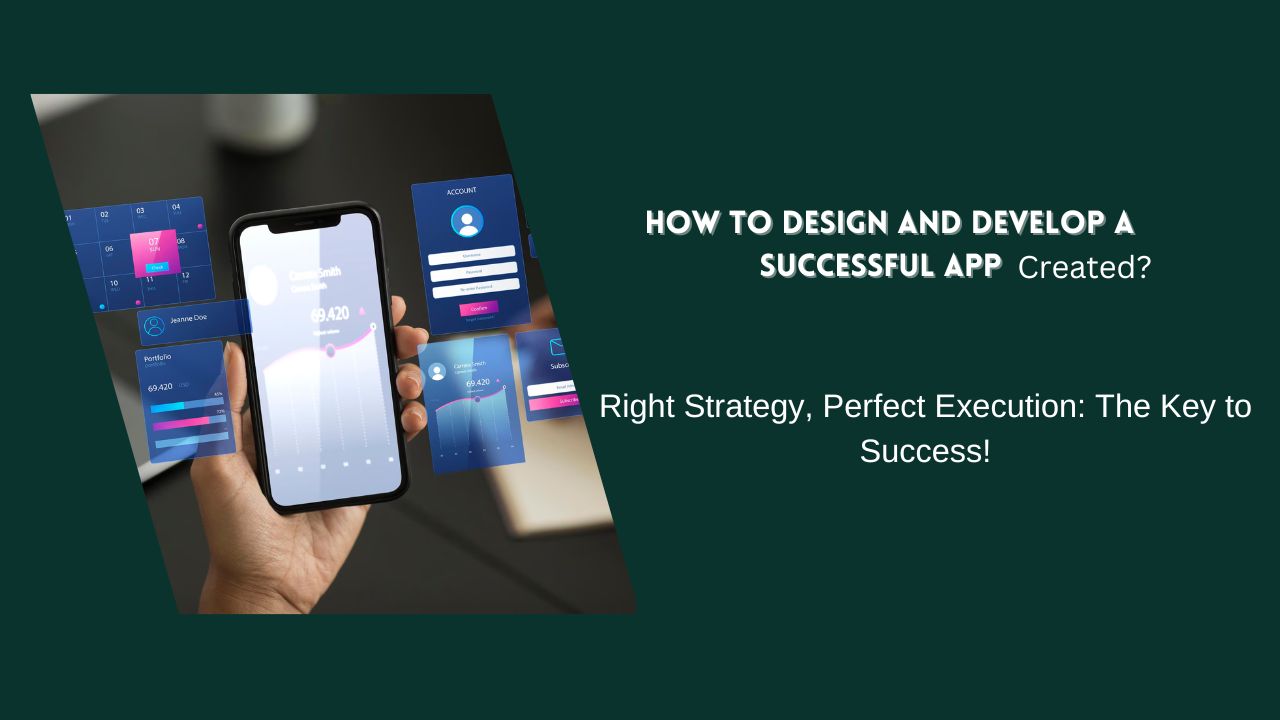Hello,
How Can We Help You?
Contact Form
Fill out the form and we will contact you as quickly as possible.
|

Creating a successful mobile application design involves multiple stages, each contributing to the overall success of the app. The first step is clearly defining the app’s purpose and target audience. This shapes every design and functionality decision throughout the development process. Identifying the target audience enables you to develop strategies that prioritize the app’s ease of use and useful features. Accurately understanding user needs is the cornerstone of a successful app design.
Proper planning at the start of the app development process helps avoid unnecessary complexities during the design phase. After understanding your target audience, focus should shift to functionalities and features that cater to their desires. The app must be user-friendly, aesthetically pleasing, and capable of fast performance to encourage users to choose it. Usability tests should be conducted to evaluate how the app performs across various devices, ensuring a consistent experience on every platform.
Incorporating user feedback into the design process is essential for refining each stage. Early user testing and feedback can highlight design flaws. This stage allows you to gather user opinions before they interact with the app, enabling more informed decisions during development. All these factors contribute to crafting a successful app design. Moreover, user feedback remains crucial not only during the design phase but also after the app’s launch.

One of the most critical steps in app design is accurately understanding user needs. Identifying the problems users seek to solve clarifies the app’s purpose and shapes its features accordingly. Correctly interpreting user expectations increases how often they use the app and their satisfaction with it. This step also helps you better understand your target audience and consider their lifestyles. What users expect from the app is vital information that influences every decision in the design process.
Various research methods can be used to analyze user needs. Surveys, focus group discussions, and user tests help you understand user expectations. This data can be leveraged during the design phase to develop solutions that enhance the user experience (UX). A thorough analysis ensures the app creates value not only for users but also for the business. Understanding why users choose the app strengthens its functionality and fosters user loyalty.
User needs may evolve over time. Therefore, it’s vital to remain flexible during app development and continuously improve based on user feedback. Analyzing user needs determines not just the app’s current success but its long-term success as well. This process is one of the most significant steps in guiding the app’s development. Insights into when users expect certain features and what innovations would benefit the app form the foundation of a successful design.
Two key elements of mobile app design, user experience (UX) and user interface (UI), play a significant role in the app’s success. User experience relates to how the app is perceived and used by users. An easily navigable app enables quick and efficient interaction. The user interface is where visual design and interactions meet the user. The use of visual elements and layout directly impacts how users feel about the app and their satisfaction.
A user-friendly UX guides users at every stage, offering a comfortable experience. Simultaneously, an aesthetically pleasing and effective UI design makes users love the app. This increases usage frequency and encourages prolonged engagement. A simple and clear UI design helps users learn the app faster. At this point, the app’s fast and accurate performance is one of the most critical factors affecting user satisfaction.
There must be strong harmony between UX and UI design. A good user experience simplifies app usage, while an appealing UI design helps users connect with it. Together, they boost the mobile app’s success and maximize user satisfaction. A successful UX/UI design must be strong and user-focused, both visually and functionally. Every interaction should provide users with the most suitable response to their needs.
The Agile methodology is a widely preferred approach in mobile app development. It allows flexibility and quick adaptation during the development process. Agile facilitates continuous improvements at every stage through small, regular development cycles. This ensures the app can be tested and refined based on user feedback at each step. Agile enables developers to focus on different goals per sprint, accelerating progress.
Agile methodology ensures projects are delivered on time, making the development process more efficient. Collaboration with the development team occurs throughout, creating solutions aligned with both parties’ needs. Transparency and communication are prioritized at every stage, ensuring every detail is accurately assessed until the final product. Agile’s flexibility helps achieve the best results in app development, allowing the software to adapt swiftly to necessary changes.
The Agile approach also enhances software quality while enabling faster adaptation to user requirements. Responding to rapidly changing user needs and market demands ensures the app’s success in a competitive market. This makes the development process more dynamic and continuously improves the user experience. Agile boosts speed and efficiency in mobile app development while keeping quality at the forefront.
The testing phase in app development directly impacts its success. Tests play a vital role in identifying errors, shortcomings, and user difficulties. Testing stages help you understand how the app performs across different devices and platforms. Collecting user feedback during this phase and evaluating it from the user’s perspective is critical for improvement. User feedback reveals how well the app functions and offers opportunities for necessary changes.
Considering user feedback during the testing process enhances every aspect of design and functionality. Improvements based on user expectations and experiences boost the app’s success and strengthen user loyalty. User tests not only uncover technical errors but also analyze user interactions with the app. These analyses ensure the app is usable and user-friendly. Testing is essential for ensuring the app operates at its most efficient and effective level.
Contact Form
Fill out the form and we will contact you as quickly as possible.
 Notification Center 00:00
Notification Center 00:00